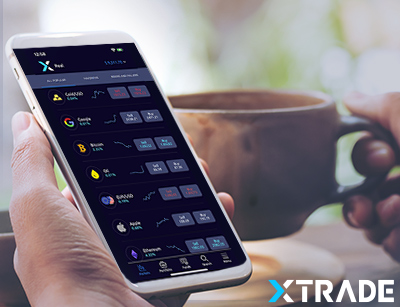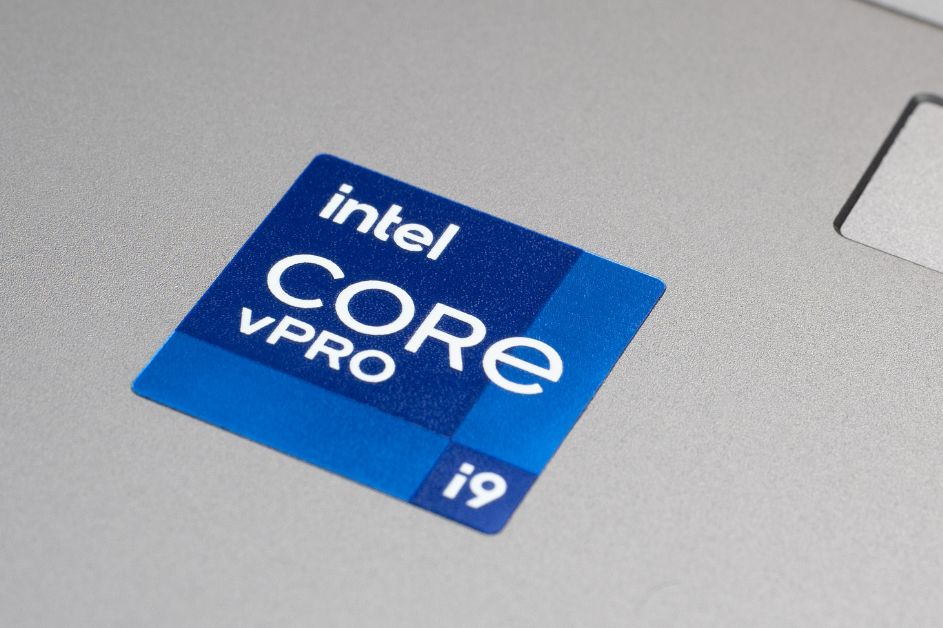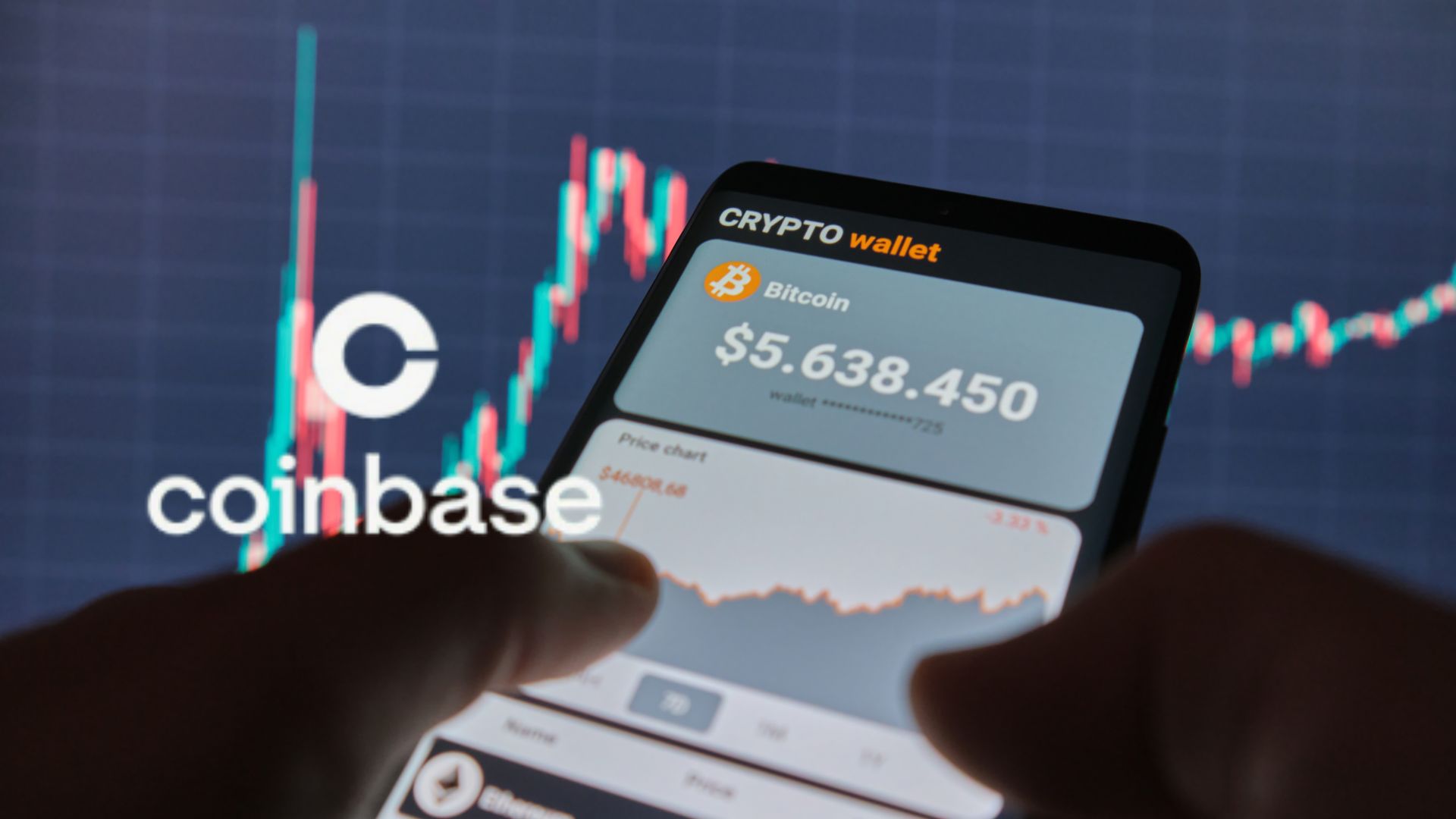All about forex exchange rates
By Content-mgr - on November 26, 2015The forex exchange rate is the ratio of currencies’ worth, one to another. Usually, it is expressed as how much of one currency it takes to buy one unit of the other. In addition to staying on top of forex news, a deeper understanding of the mechanism is required for a successful approach to forex trading.
What is forex trading
The largest counter-party in forex trades is the US Dollar (USD), accounting for 87% of all trades. The Euro (EUR) was the second most traded currency, but its share fell to 33% in April 2013 from 39% in April 2010, while the EUR/USD pair accounted for some 10 billion daily trades in August 2015. In addition to the Euro, other popular counter-parties to USD trade include: GBP (the British pound sterling), JPY (the Japanese yen), and CHF (the Swiss franc). Occasionally, AUD (the Australian dollar) is also among this group of currencies called “the Majors” (because they represent the majority of the currencies traded in Forex).
Forex exchange rates terminology
Terminology is important in understanding both the framework and available actions. The numerator (the counter or quote currency) is called the “base currency” and the denominator the “quote currency”. The (denominator) base currency is thus given a value of one. So the exchange rate informs the purchaser how much of the quote or counter currency must be offered to get 1 unity of the base currency. Similarly, the exchange rate informs the seller of the value of what he is to get in the counter or quote currency when offering 1 unit of the base currency.
An additional term in general use is “cross rates” which usually refers to the currency exchange rate between two currencies, neither of which is the official currencies of the nation which the forex exchange rates quotes are given in. Often times, forex signlas are first detected through cross rates. This expression is also occasionally used to mean currency quotes which don’t include USD, irrespective of which country the quote is supplied in and are an integral part of the definition of what is forex trading.
A further concept of significance is the unit of measurement in which the trade is denominated, basis points (pips). These measurements denoted fx rates measured in ratios of up to 4 decimal places, both for positive and negative trends. For example, if you wanted to trade USD with JPY at a value of 122.5430, but if USD rate goes up to 122.5440, the difference would be a ten-pip gain.
Furthermore, traders must also understand the multi-tier nature of the foreign exchange system. Inherent in any market trader transaction is an agency premium, most commonly reflected in a bid-ask spread. Only licensed Forex brokers can access official quoted rates. Retail customers must pay a premium to several levels which usually include brokers and commercial banks.
Purchasing Power Parity
This discussion has focused on actual rates and not delved into the concept of real rates, as defined by purchasing power parity (PPP). PPP is both an abstract and actual formulation most famously calculated in the “Big Mac” index whereby currencies are deemed over – or under-valued based on the price of a McDonalds Big Mac. Alas, tariffs, and other institutional barriers demonstrate that prices for the same good can remain significantly different for extended periods of time, stifling what should be forex signals, despite the abundance of forex news innundating traders and regulators.
 First Deposit Bonus
First Deposit BonusFirst Deposit Bonus | Phone Verification | First Trade on us | Account Verification














